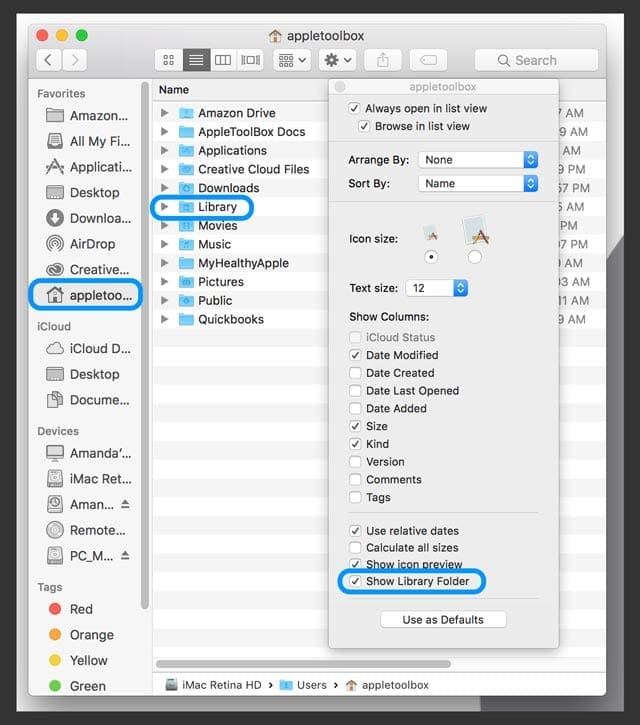- The Library Overseer Mac Os Download
- The Library Overseer Mac Os X
- The Library Overseer Mac Os Pro
- The Library Overseer Mac Os Catalina
The library of over 1,500 screenshots is available on Hackett's blog 512 Pixels, providing a look back at the visual history of Mac OS X Cheetah in 2000 through macOS High Sierra in 2017. Here’s how to make the Library folder always visible in the users home directory in MacOS Catalina: Go to the Mac OS Finder if you haven’t done so already Go to the Users home folder by pulling down the “Go” menu and choosing “Home” Now pull down the “View” menu, and choose “View Options” from the menu options.
You may have tried to access your personal Library folder on your Mac computer, only to find that it does not exist. Even though you may not have found your Library folder, the Mac OS X Library folder is not gone. The Library folder is simply hidden in newer releases of the Operating System.
Up until the release of Lion (OS X 10.7), you could open your Home folder to access the Library folder. But after the Lion, OS X 10.8 Mountain Lion, and OS X 10.9 Mavericks upgrades, the Library folder is gone. Well, not gone… it’s hidden.
The user Library folder is still there; However, to avoid any issues with users who may tinker with necessary files (etc.), the folder is now hidden. This is a tactic that Microsoft Windows has used for many years that is now being integrated into the Mac OS X environment (see: Windows Show/Hide).
1. Open the Finder and navigate to your Home folder. (Go > Home); or press Shift-Command-H.
2. Still in the Finder, choose View > Show View Options (or press Command-J).
3. A new View-Options palette or window will appear. Near the bottom of the new window is a setting titled Show Library Folder. Click/fill in the radio box to enable this option in order to immediately make your Library folder visible.
4. Close the View-Options window. Your Library folder is located at the root of your Home folder Shift-Command-H.
- Related Questions & Answers
- Selected Reading
The Mac OS is a graphical operating system developed by Apple Inc. The tenth version of the Mac OS is the Mac OS X which was launched in 2001.
The structure of the Mac OS X includes multiple layers. The base layer is Darwin which is the Unix core of the system. Next layer is the graphics system which contains Quartz, OpenGL and QuickTime. Then is the application layer which has four components, namely Classic, Carbon, Cocoa and Java. The top layer is Aqua, which is the user interface.
A diagram that demonstrates the structure of Mac OS X is as follows −
The Library Overseer Mac Os Download
Components of the Mac OS X Structure
Details about the different components of the Mac OS X structure as seen in the image above are as follows −
Core OS
The Darwin Core is based on the BSD (Berkeley Software Distribution) version of Unix. Mach is the main part of the Darwin core and it performs operations such as memory use, data flow from and to CPU etc. Darwin is also open source i.e. anyone can obtain its source code and make modifications to it. Different versions of Darwin can be used to enhance the Mac OS X.
Some of the major features of the Darwin core are protected memory, automatic memory management, preemptive multitasking, advanced virtual memory etc. It also provides I/O services for Mac OS X and supports plug-and-play, hot-swapping and power management.
Graphics Subsystem
The graphics subsystem in the Mac OS X contains three parts i.e. Quartz, OpenGL and QuickTime. The 2-D graphics in the graphics subsystem is managed by Quartz. It provides fonts, interface graphics, rendering of the images etc. OpenGL provides support for 3-D graphics in the system such as texture mapping, transparency, antialiasing, atmospheric effects, special effects etc.
The Library Overseer Mac Os X
It is also used in Unix and Windows systems. QuickTime is used for different digital media such as digital video, audio and video streaming etc. It also enables creative applications such as iMovie, iTunes etc.
The Library Overseer Mac Os Pro


Application Subsystem
The Library Overseer Mac Os Catalina
The application subsystem in Mac OS X provides the classic environment to run classic applications. Carbon, Cocoa and Java are the three application development environments available.
The classic environment makes sure that applications written for the previous versions of the operating system can run smoothly. The carbon environment is used to port existing applications to carbon application program interfaces. This is called carbonising the application. The cocoa environment provides object-oriented application development environment. The cocoa applications use the benefits of the Mac OS X Structure the most. The Java applications and Java applets can be run using the Java environment.
User Interface
Aqua is the user interface of Mac OS X. It provides good visual features as well as the tools to customize the user interface as per the user requirements. Aqua contains extensive use of colour and texture as well as extremely detailed icons. It is both pleasant to view and efficient to use.